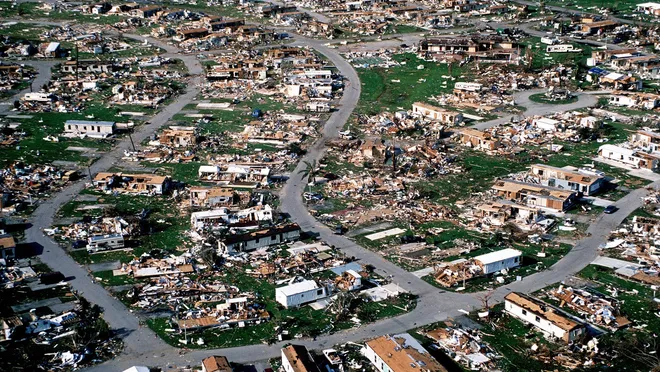Hurricane season begins today. See which past hurricanes have passed near your neighborhood
Today is the first day of the 2024 Atlantic hurricane season, with intense storm activity on the horizon. In May, the National Oceanic and Atmospheric Administration predicted the most named storms ever in its seasonal forecast.
Researching the history of storms in your area can provide a fascinating glimpse of past storm activity. As these conditions kick off the new season, look back in time to see how many hurricanes and tropical storms have passed through your area since 1851.
Find storms near you
Enter a city or address to find hurricanes and tropical storms that have passed nearby since 1851. Don’t see a search bar? Click here.
Although it’s rare for a hurricane to reach the Midwest, remnants of storms such as Hurricane Katrina in 2005 and Tropical Storm Claudette in 1979 have come within 10 miles of cities such as Columbus, Ohio and St. Louis, Missouri.
Other areas such as the hurricane-prone Florida Panhandle or Outer Banks have experienced dozens, or even more than 100 hurricanes in the past century and a half. In fact, Florida alone has experienced 40% of all U.S. hurricanes, according to NOAA’s Atlantic Oceanographic and Meteorological Laboratory.
How many hurricanes have there been in total?
Since 1851, NOAA reports that more than 300 hurricanes have crossed the coast and reached the mainland U.S. The average is about 18 hurricanes per decade.
According to NOAA, the deadliest hurricane in U.S. history is the Galveston hurricane of 1900, which killed about 8,000 to 12,000 people.
Over the past century, Hurricane Katrina is considered the deadliest, with at least 1,500 deaths. According to NOAA, Katrina is also the costliest hurricane, causing about $200 billion in damages adjusted for inflation.
More: The nation’s top hurricane forecaster issues 5 warnings as dangerous hurricane season begins
A car sits partially submerged in floodwater as Tropical Storm Hilary passes through the area, in Cathedral City, California, on Aug. 20, 2023.
Why do hurricanes start in June?
Ocean temperatures must be warm enough to produce hurricanes, which typically occur in the Atlantic during the summer and fall.
While hurricane season officially begins in June, the first hurricane can form even earlier. In fact, according to NOAA, the earliest observed Atlantic hurricane occurred on March 7, 1908, an unnamed storm that occurred months before the official start of the season.
According to NOAA data, the peak of the Atlantic hurricane season occurs in September, with most activity and storms occurring between mid-August and mid-October. While it’s uncommon for hurricanes to form in June, tropical storms can still make an impact.











